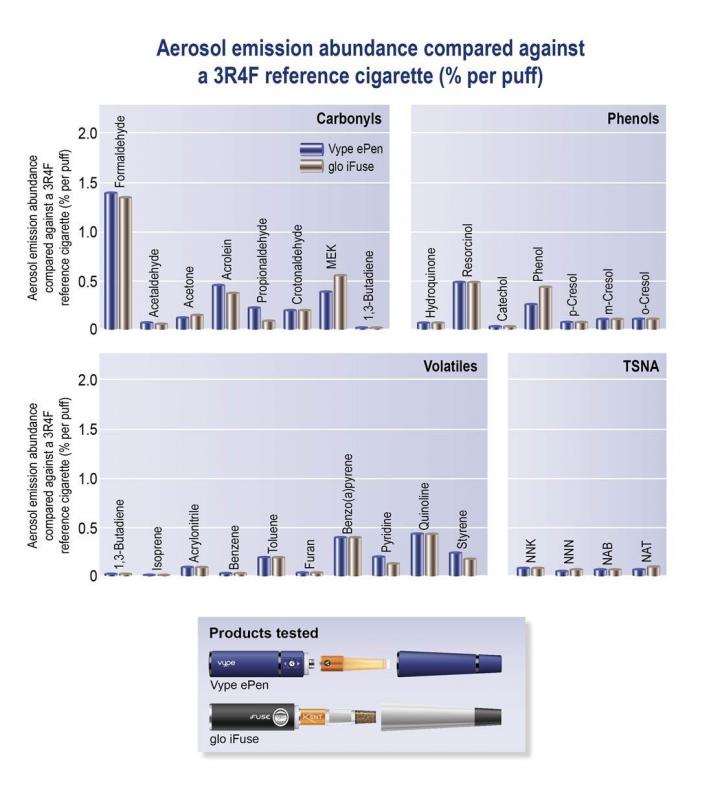The tobacco industry has not only designed and marketed a product that is deadly when used as directed, but it also causes substantial and dangerous environmental pollution, says the Smokefree Coalition. New research findings released in the Tobacco …Tobacco companies should take responsibility for environmental waste, say smokefree advocates
http://business.scoop.co.nz/2016/03/05/responsibility-for-environmental-waste/
The tobacco industry has not only designed and marketed a product that is deadly when used as directed, but it also causes substantial and dangerous environmental pollution, says the Smokefree Coalition. New research findings released in the Tobacco Control Journal today show 98 percent of all cigarettes contain plastic non-biodegradable filters.
“When smokers discard their butts into the surrounding environment, they may not realise they collectively leave behind them a huge carbon footprint – perhaps 2-4 trillion non-biodegradable butts each year around the world,” says Smokefree Coalition Executive Director Dr Prudence Stone.
“It’s time for new regulations to force the tobacco industry to be legally responsible for their environmentally unsafe design. Ironically, this design was introduced in the 1960s to purposefully mislead consumers into thinking cigarettes would be less harmful. In fact, the product doubled its potential to harm; both to the consumer’s health and also to our shared environment.”
The researchers reveal the serious environmental concerns regarding the production and use of tobacco products throughout their lifecycle, especially involving tobacco product waste (TPW).
There are 7000 chemicals contained in cigarettes, with at least 50 known carcinogens. These chemicals have been found to be acutely toxic to marine and freshwater organisms, and poisonous to humans and domestic animals.
The writers say the current level of corporate accountability by the tobacco industry is cynical, and simply isn’t working. The Smokefree Coalition agrees new laws and regulations are necessary to hold the industry to account for preventing, reducing and mitigating the unacceptable harms done to the environment, from their product’s farming, manufacturing, shipping and distribution, and finally the discarded waste left by their consumers.
“This is not an industry we can rely on to do the right and ethical thing voluntarily. If it was, it would have recalled all tobacco products decades ago, when it was first known they caused cancer, respiratory illness and heart disease,” says Dr Stone.
“Reversing the harm this industry causes will require action from decision makers in Government, the mistrust of civil society, and green industries, scientists and other conscientious citizens working together to hold the tobacco industry accountable.”
